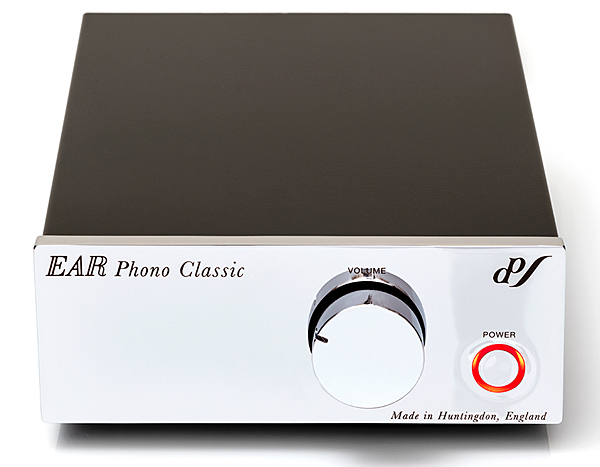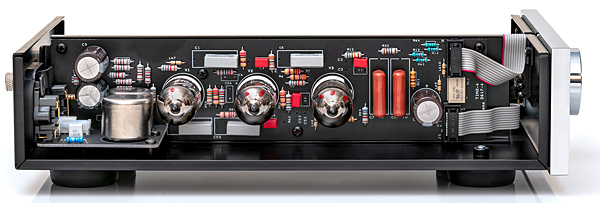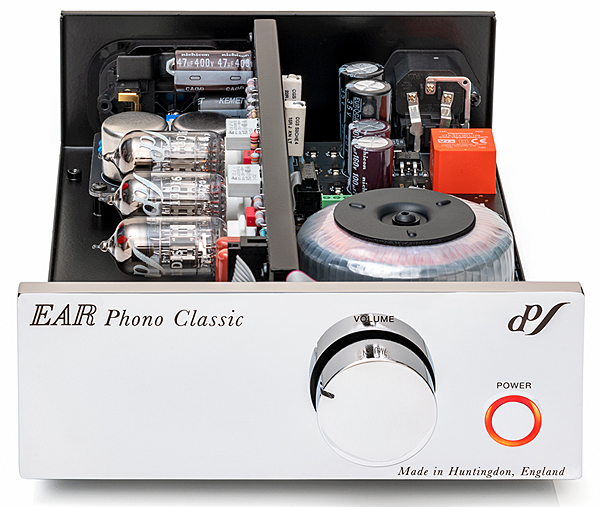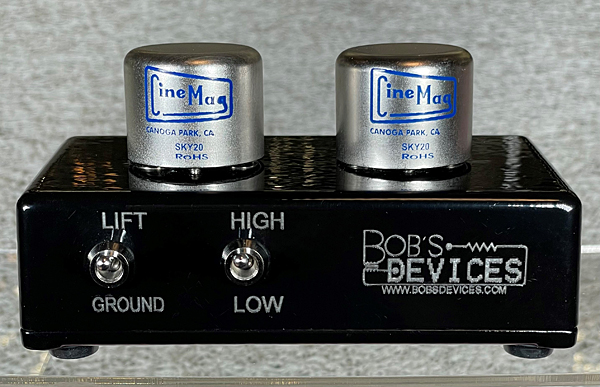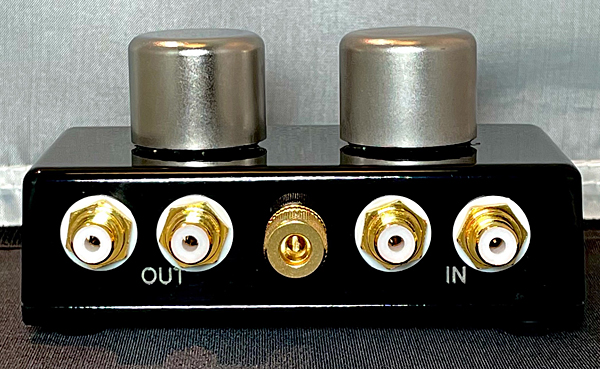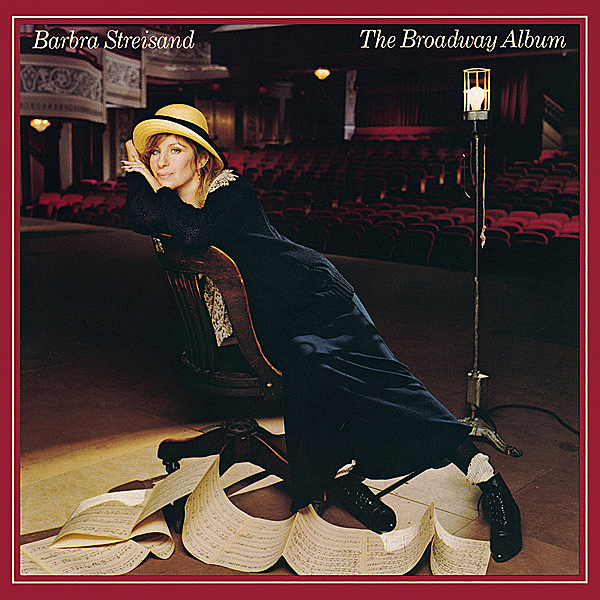| Columns Retired Columns & Blogs |
Hi
Really? Then I had to be a lucky duck!
I used Russian Sovtek ECC83s in my home-brew all-triode classA power amp for 4 years now. Nearly 4 hours a day on my days off every week. Thousand hours working time already. Still sounding soooo gooood!
Never need to replace any tubes !!!
So....
Listening is believing
Jack L
